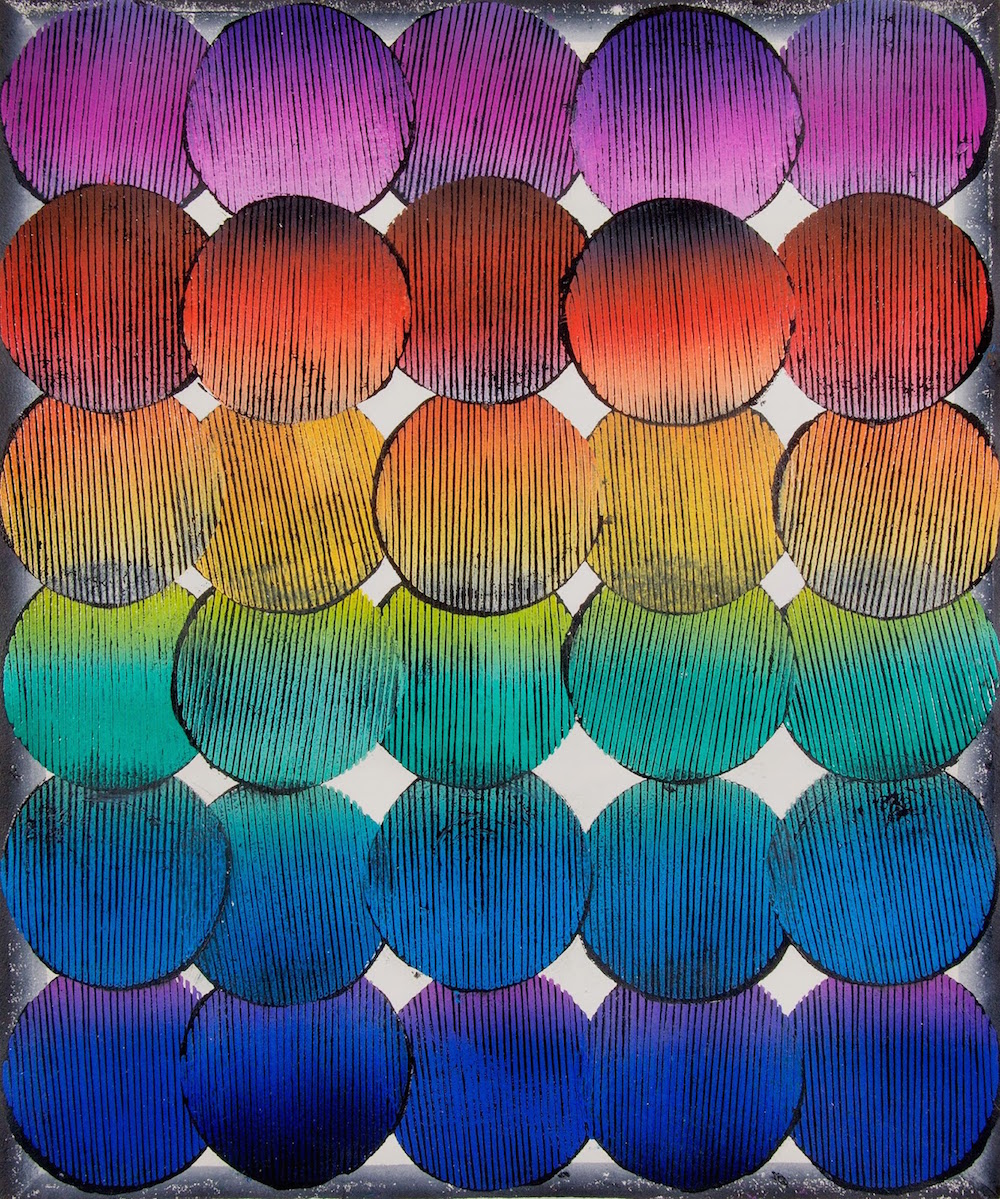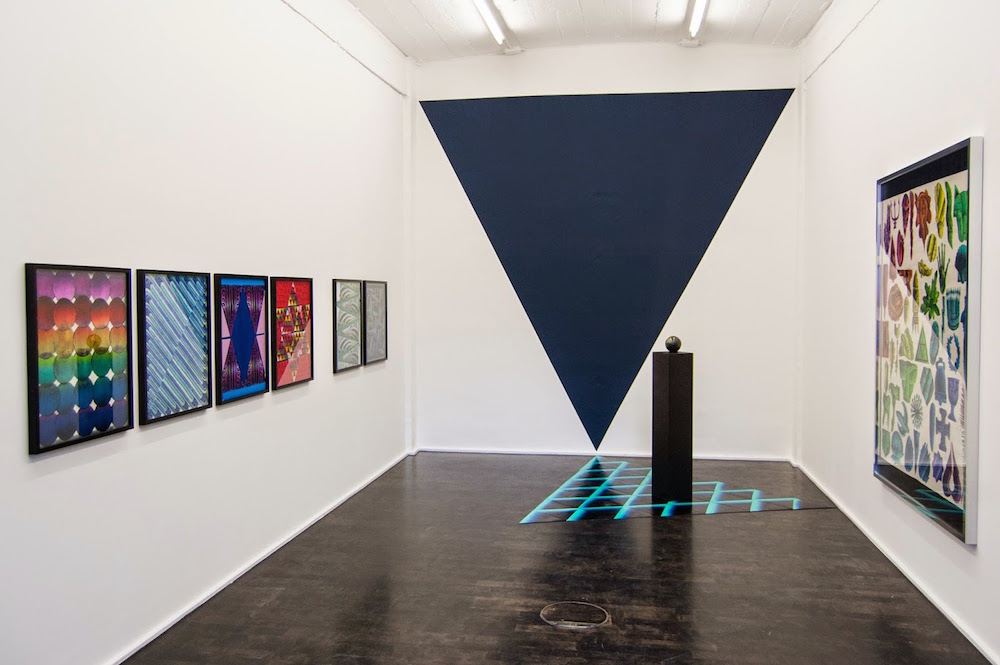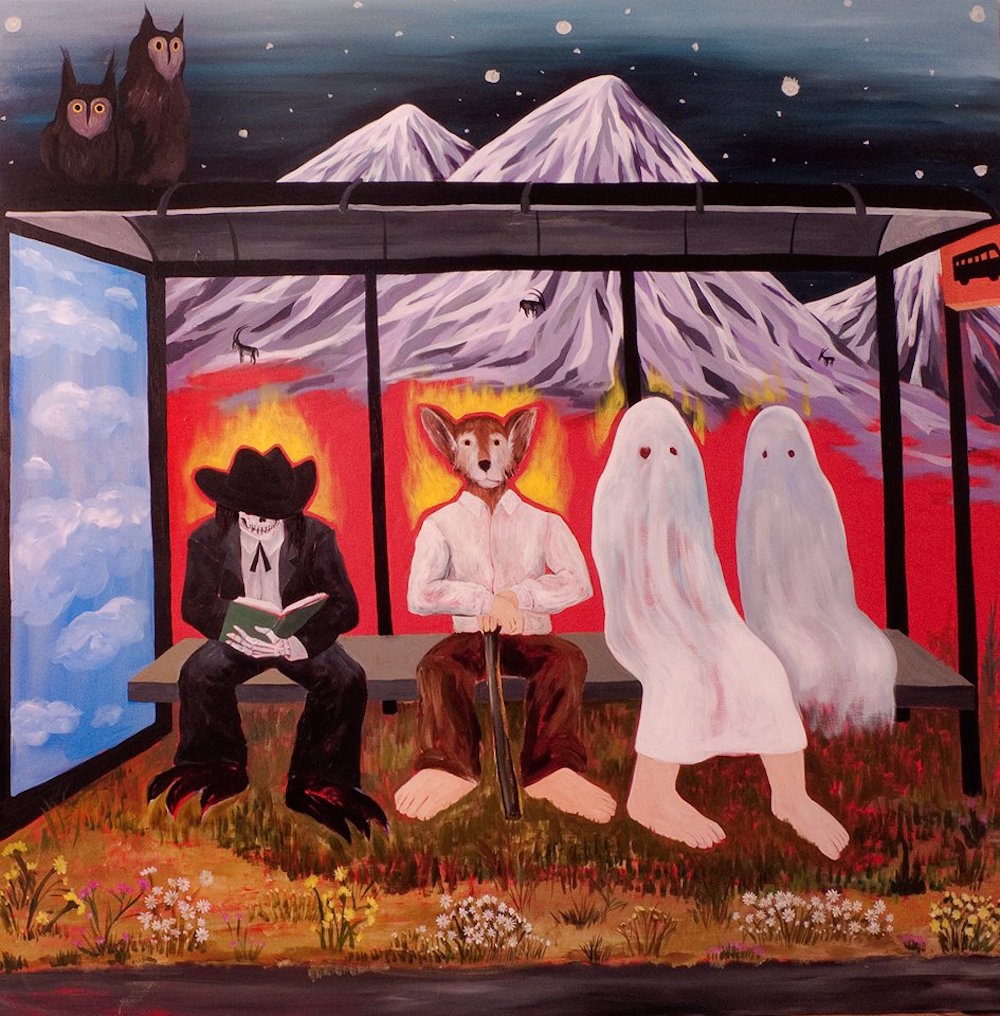As part of Cologne Fine Art, social media art platform Unavailable presented an exhibition of new talent. For the first ever ART DEMO DAY, curator Florian Waldvogel chose 7 artists for a group exhibit at Gallery Ruttkowski;68. Here, he speaks with Alexander Basile, co-founder of Unavailable.
Alexander Basile: What do you think about the cultural and digital transformations that are pushing art and the communications of art forms?
Florian Waldvogel: Just as the CD did not replace the live concert, and photography did not replace painting etc., digital transformations won’t replace exhibitions as an experience. We have already seen that with the popularity of new media, which, to become art, needs to go beyond the technical. It is not enough to push a button and to believe that it is sufficient to become art. The techniques of digital media are tools — just like a brush or a hammer. So to become art, it requires something more. Therefore, the hype surrounding the post-Internet-type is so ridiculous. In most cases, they are old ideas from a 3D printer.
AB:From 2009 to 2013 you led the Kunstverein Museum in Hamburg; To what extent has your work as a curator and in artistic research changed since then?
FW: It almost didn’t change at all. Of course, it’s a relief for the artists as they can compile their dossiers as a PDF and send them by e-mail. This saves money and time. But it does not replace studio visits and personal interviews.
AB: Art is experiencing a boom. What tips and strategies can you give to young artists for distinguishing themselves from the crowd?
FW: How did Thomas Kapielski put it so beautifully? ‘If sport is the brother of work, art is the cousin of unemployment.’ To be honest, to most of these people who are studying art for the wrong reasons, I would advise not to do it because they’re wasting their parents’ money and they will end up as WHAT IS HUMUS in the epic film of art history. But the one who learns to train himself and who organises himself within the offered course, the one who is learning to take personal responsibility, who has artistic ability to search, work and think in an interdisciplinary way – this person is able to develop his area of influence within different societies.
AB: Where do you see the limits of digital representation?
FW: Art is primarily a spiritual and only secondarily an optical phenomenon for me. The material is a medium for the transmission of art, but not necessarily an aspect of art itself. Art exists independently of its capacity as a sensual experience. This may seem surprising, since my thinking about art takes place to a large extent within the context of the exhibition practice. That practice materialises as a work of art in space and needs an institutional framework and a viewer to complete it — someone who understands art as an abstraction, who therefore does not need its concrete realisation and can ignore its materiality. This does not contradict the idea of art, but adds to it the physical aspect of intellectuality. Every representative practice should serve the spirit of art, not vice versa.
AB: In 2014, I initiated, together with Alwin Lay, an exhibition called DIE AUSTELLUNG. Essentially, we ran it as a museum that was empty for the opening, with only a catalogue of works shown. Therefore visitors to the ‘vernissage’ were wandering through an empty museum in Dusseldorf and were imagining all of the supposed works in every corner. The idea was to simulate a feeling that we all feel, which is the feeling of constantly missing out on something. On the other hand, it showed us that most of the communication that takes place today between artists and gallery owners, collectors and curators is via digital PDFs — maybe we do not need most exhibitions or their digital reproductions. How do you feel about this development?
FW: If we assume that art exists as an idea and does not necessarily have to be translated into a medium, then that is an expression, an offset to a materialist understanding of art, which might be called ’empiricism’. One could also say ‘idealism’. But this also means that the true meaning of art is in its ideal space and not in the phenomenal one; in its essence and not in its appearance. The idea of the artist itself is the work of art. The content of the art is not in its form but in the feelings and interpretations it triggers. The main evaluation criterion for my curatorial exhibition practice is the structure of the artistic idea. It is always first and foremost the artistic considerations, so curatorial decisions and factors are not related to the exhibition — such as architecture, technical limitations, emotional characteristics and allegorical or programmatic associations that determine the observer’s expectations. Representation issues are dictated by the structure of the artwork.
ART DEMO DAY runs until 29 November at Ruttkowski;68








